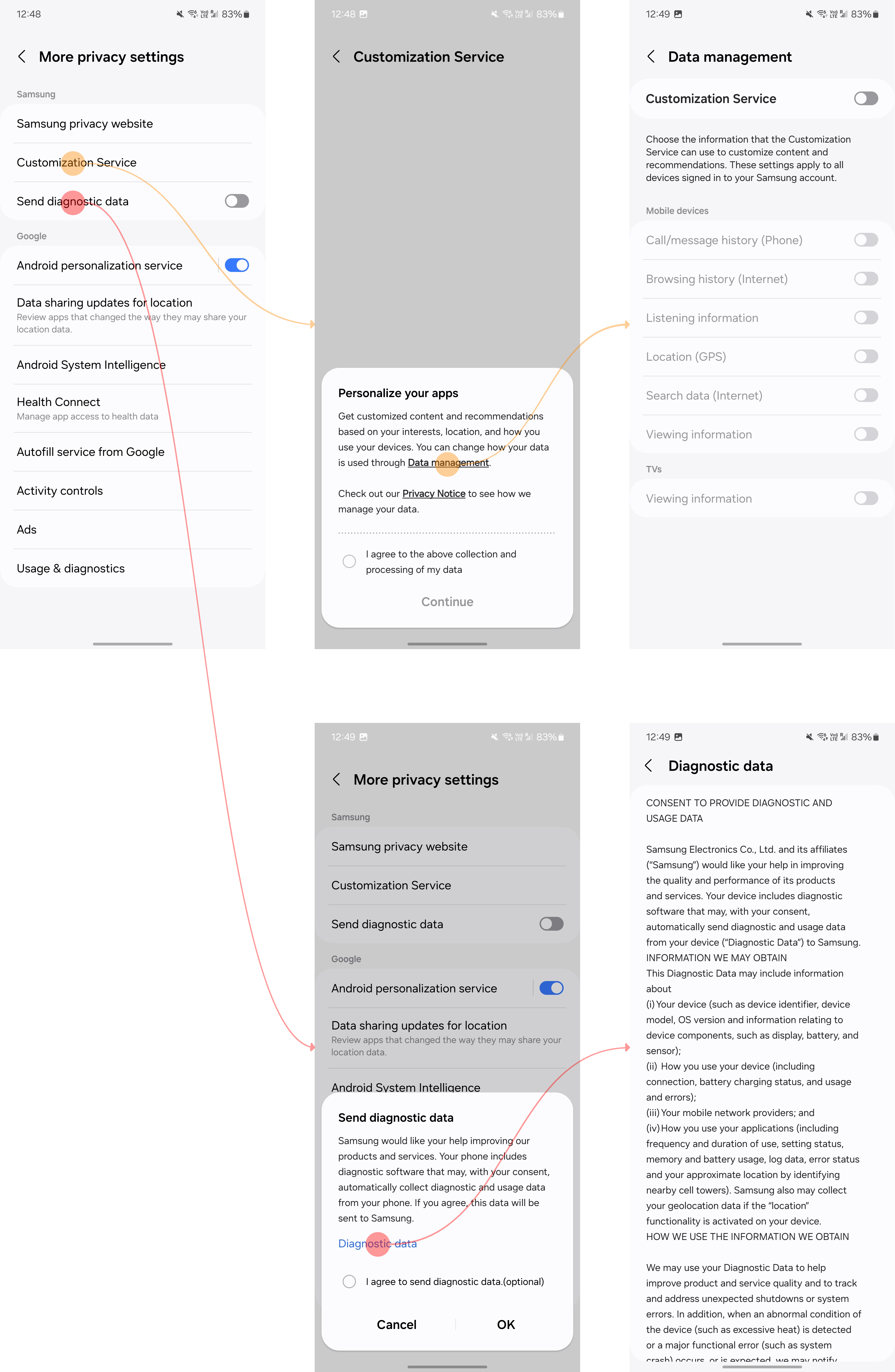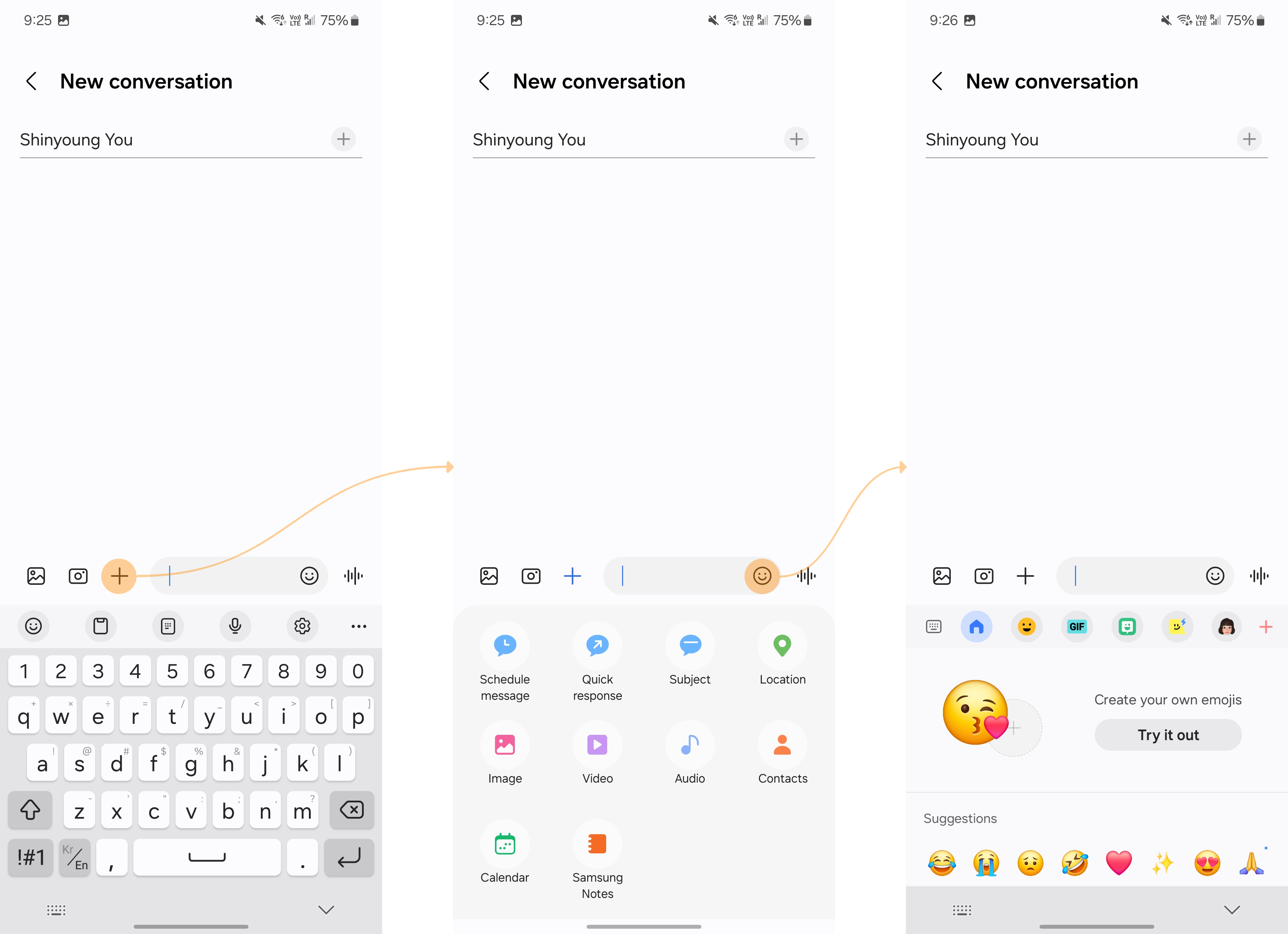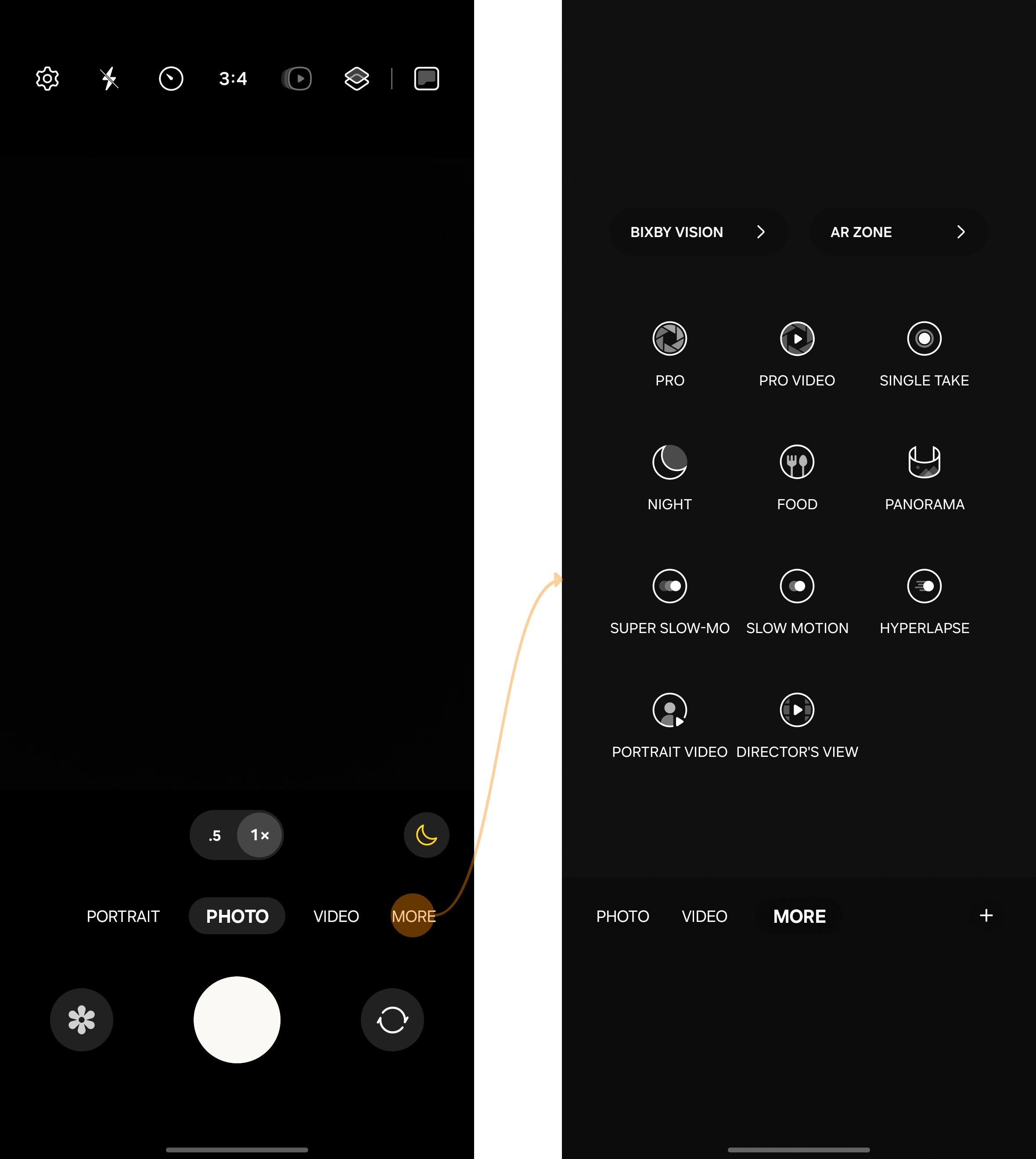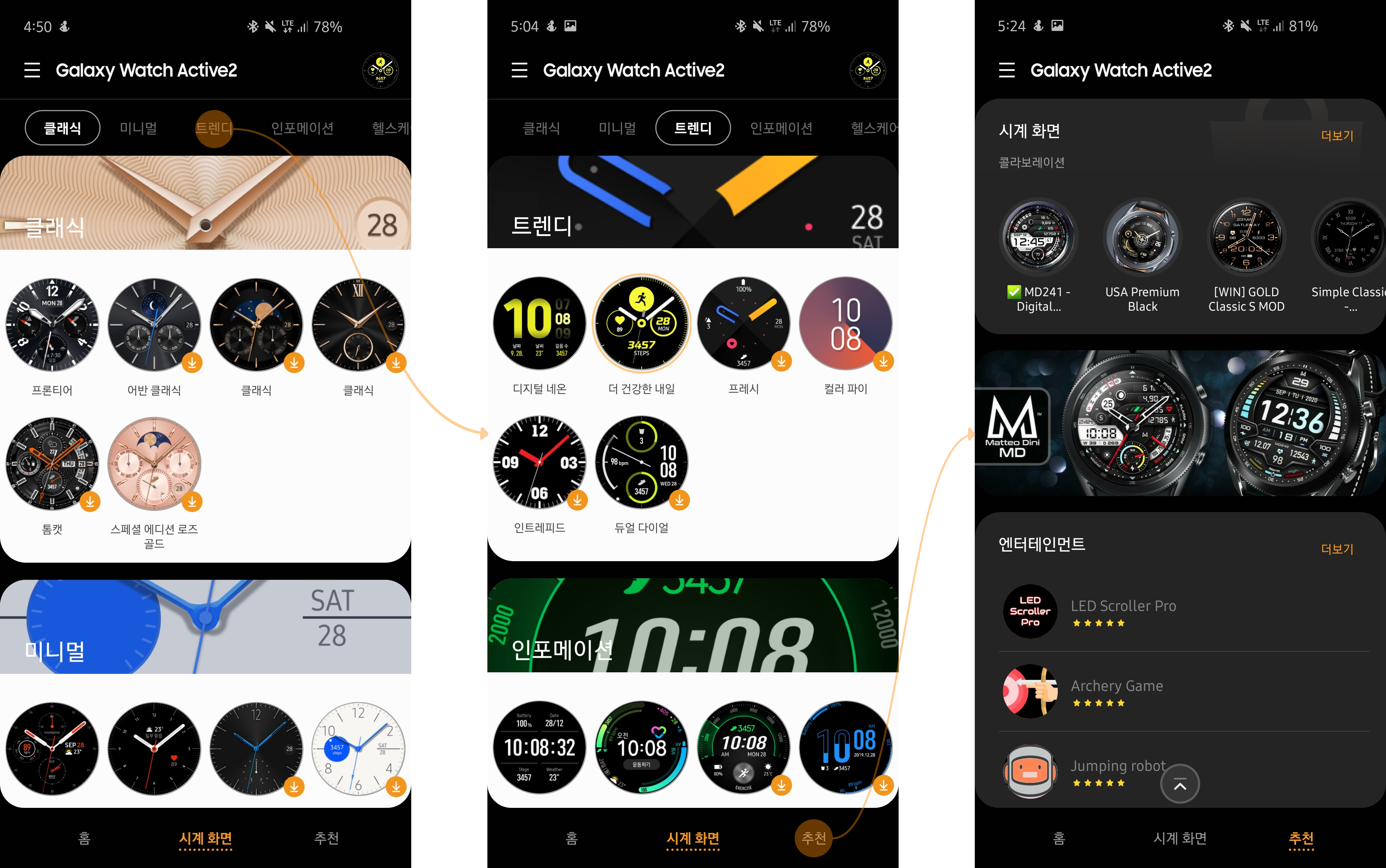Period
Jul. 2020 ~ Dec. 2021
Role
Data Analyst

Objective
- Improve the usability of Samsung applications and services by analyzing usage data. And help more designers get familiar with analytics and encourage them to make data-driven decisions.
Responsibilities
- Analyzed usage data of Samsung products to understand user behaviors, made several proposals for improving user experience, and suggested new service plans based on data analyses.
Results
- This hands-on approach allowed the design team to focus on data, leading to improved decision-making through analysis at every stage of the development process. Nowadays, most designers rely on data to listen to customer feedback to create a seamless, simplified, and better user experience that aligns with the brand identity. (Samsung Design Story Link)
As data analysis becomes increasingly essential, Samsung has also started collecting more data from its products and using it to make informed decisions. To achieve this, the company has employed a team of data scientists specialized in analyzing data related to mobile devices.
At that time, Samsung decided to train hired employees from marketing, design, and engineering teams to become proficient in data analysis. So, I and several members with diverse backgrounds joined as a project team and conducted data research for about one and a half years.
Research approach 1: Be complementary
Samsung collected diagnostic and usage data with the user’s consent, but most designers lacked familiarity with analyzing it. On the other hand, data scientists focused on the collected data only to identify and resolve product issues early and contribute to more effective marketing campaigns.
With my design background, I was responsible for thoroughly comprehending user behavior based on usage data and using this information to create more personalized content and recommendations. So, I collaborated with my data expert colleagues to better understand what designers wanted to know from the collected data.
Additionally, another of my goals was to introduce the data analyzing process to the designers and connect them with data scientists to find practical insights for design improvements.

Research approach 2: Align with the design principles
Samsung designed the brand identity which called One UI for a seamless mobile experience tailored to users’ needs and continuously enhanced and refined it over the years. The concept of One UI started by helping users focus on important tasks by simplifying interactions and also making them freely express their individuality and abilities.
Based on these principles, I worked with my data scientist colleagues to study how people use basic applications such as Messages, Calendars, or Cameras by analyzing usage data. And suggested several design improvements, like the most used options being listed first for better usability.


I also worked with smartwatch UX designers and data experts to analyze the frequency of users changing their watch faces. We also applied cluster analysis to identify which groups of watch faces were used the most. Our insights from this analysis enabled us to improve our recommendations for new watch face designs for the devices we were working on.
